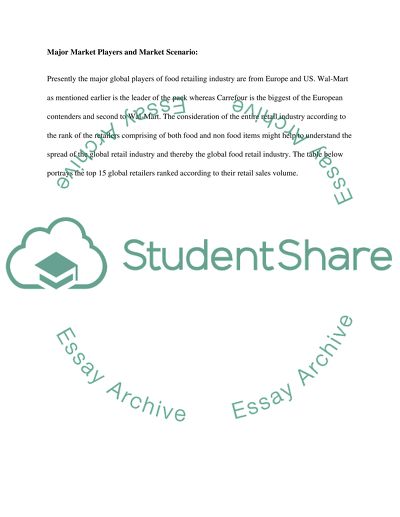Cite this document
(International Sustainable Business: Food Retailing Report Example | Topics and Well Written Essays - 2000 words, n.d.)
International Sustainable Business: Food Retailing Report Example | Topics and Well Written Essays - 2000 words. https://studentshare.org/marketing/1425825-international-sustainable-business-food-retailing
International Sustainable Business: Food Retailing Report Example | Topics and Well Written Essays - 2000 words. https://studentshare.org/marketing/1425825-international-sustainable-business-food-retailing
(International Sustainable Business: Food Retailing Report Example | Topics and Well Written Essays - 2000 Words)
International Sustainable Business: Food Retailing Report Example | Topics and Well Written Essays - 2000 Words. https://studentshare.org/marketing/1425825-international-sustainable-business-food-retailing.
International Sustainable Business: Food Retailing Report Example | Topics and Well Written Essays - 2000 Words. https://studentshare.org/marketing/1425825-international-sustainable-business-food-retailing.
“International Sustainable Business: Food Retailing Report Example | Topics and Well Written Essays - 2000 Words”. https://studentshare.org/marketing/1425825-international-sustainable-business-food-retailing.


